When the temperature drops and snow blankets the ground, some dogs don’t just tolerate the cold—they thrive in it. Snow dog breeds have been bred for centuries to navigate icy terrains, pull sleds, and even rescue lost travelers.
Incredibly, a well-conditioned sled dog can run over 100 miles in a single day, making these breeds some of the most enduring canines on the planet. Their thick double coats, boundless energy, and cold-weather instincts set them apart from other breeds.
But not all snow dogs are alike. While Siberian Huskies are known for their speed, Alaskan Malamutes are built for strength, capable of pulling heavy loads through deep snow. Understanding these differences is crucial if you’re considering adding one of these winter-loving companions to your home.
So, what makes these dogs so uniquely suited for frosty environments? Let’s dive into the fascinating world of snow dog breeds and uncover their history, traits, and what it takes to care for them.
Snow Dog Breeds
1. Siberian Husky
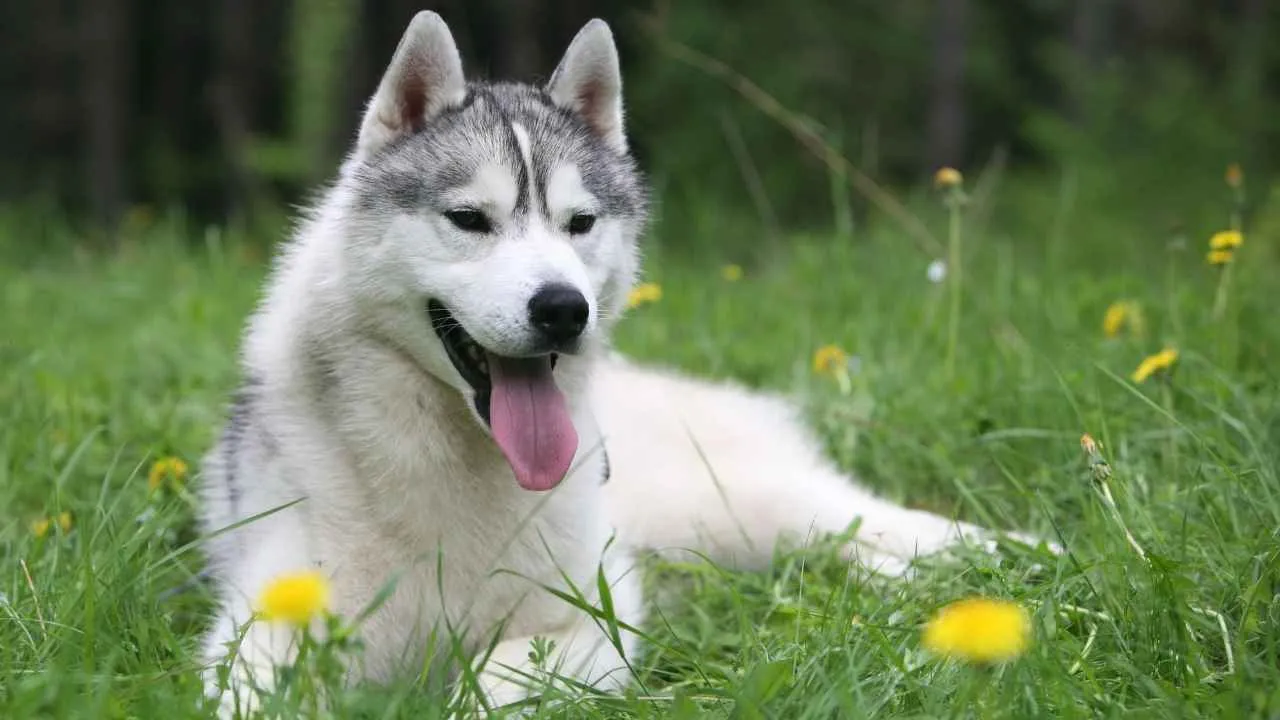
The Siberian Husky is one of the most well-known sled dogs, famous for its boundless energy and striking appearance. Originally bred by the Chukchi people of Siberia, this ancient breed was designed for endurance, pulling light loads across frozen landscapes.
Their thick double coat protects them from freezing temperatures, while their medium-length fur helps regulate body heat in different climates. Despite their wintery origins, Huskies can adapt to various environments with proper care. Known for their friendly and outgoing nature, Huskies are excellent for active families who love adventure.
According to AKC, they are high-energy dogs that thrive on physical activity and require plenty of exercise to stay happy. Their playful demeanor and vocal personality make them entertaining companions, though their independent streak can make training a challenge. Consistency and patience are key when working with these confident dogs.
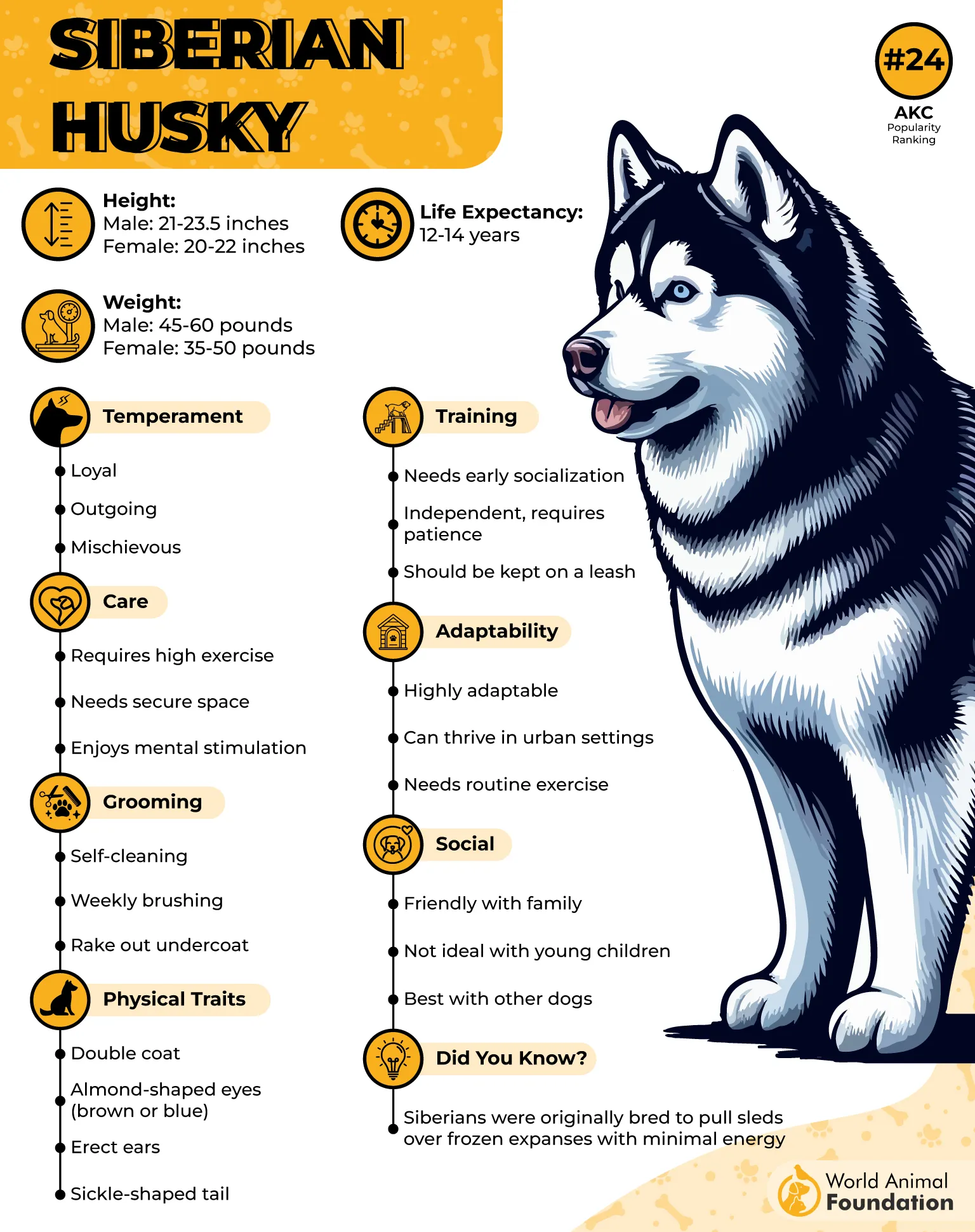
Huskies have a protective double coat that sheds heavily, especially during seasonal transitions. Regular brushing helps manage their dense undercoat, reducing shedding and keeping their fur in top condition. Unlike some cold-weather dog breeds, Huskies do not have a strong doggy odor, making them relatively low-maintenance in terms of grooming.
Despite their love for snowy terrain, Huskies are known escape artists and require a secure yard to prevent wandering. Their history as sled-pulling dogs makes them natural runners, and they will eagerly explore if given the chance. This adventurous spirit, combined with their intelligence, means they excel in activities like dog sledding, agility, and hiking.
Whether bounding through deep snow or playing in the backyard, the Siberian Husky is a lively and affectionate breed. Their permanent smile and social nature make them a joy to be around, but they thrive best in homes that can match their energy and provide mental stimulation.
2. Alaskan Malamute
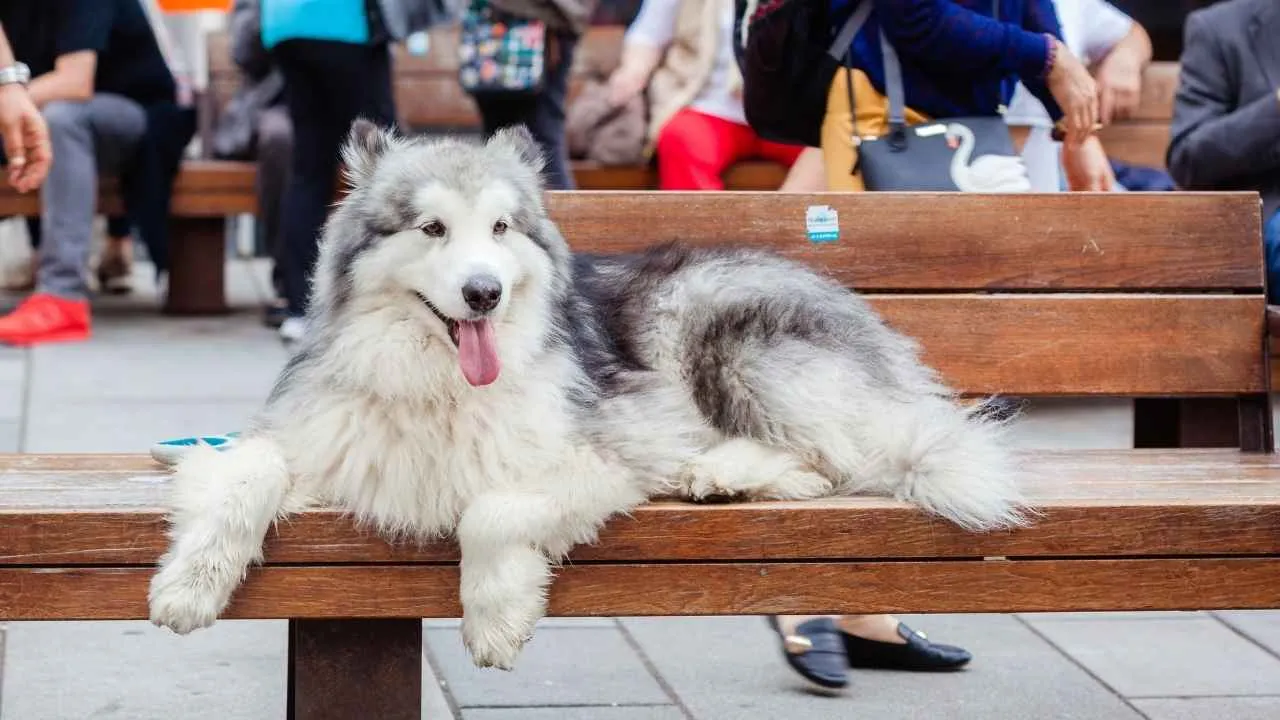
The Alaskan Malamute is a hardworking breed built for power and endurance. Originally bred by the Mahlemut tribe of Alaska, these draft dogs were used to haul heavy loads across snowy terrain and even assist in hunting large game. They are often mistaken for Siberian Huskies, but Malamutes are larger, stronger, and more suited for strength-based tasks rather than speed.
A gentle giant at heart, the Malamute is known for its affectionate and friendly personality. They form strong bonds with their family members and are especially loyal to their owners. Unlike some cold-weather dogs, Malamutes are not overly vocal, but they are expressive in their own way, using body language and charming “talking” sounds to communicate.

WebMD claims that with their immense double coat, Malamutes are perfectly adapted to extreme temperatures. Their thick fur provides insulation against freezing conditions, while their dense undercoat keeps them warm in the harshest climates. However, this protective double coat also requires regular maintenance to prevent matting and excessive shedding.
As a working dog, the Malamute thrives when given a job to do. They excel in activities like sled pulling, backpacking, and even weight-pulling competitions. Their strong build and stamina make them ideal companions for outdoor enthusiasts, especially those who enjoy winter sports. However, their independent nature can make training a test of patience, requiring firm but positive reinforcement.
While they may look like rugged snow dogs, Malamutes are affectionate and thrive in human company. They do best with pet parents who can provide them with plenty of exercise and mental stimulation. Whether navigating snowy mountains or simply enjoying a lazy afternoon at home, the Alaskan Malamute is a devoted and loving companion, embodying both strength and heart.
3. Saint Bernard
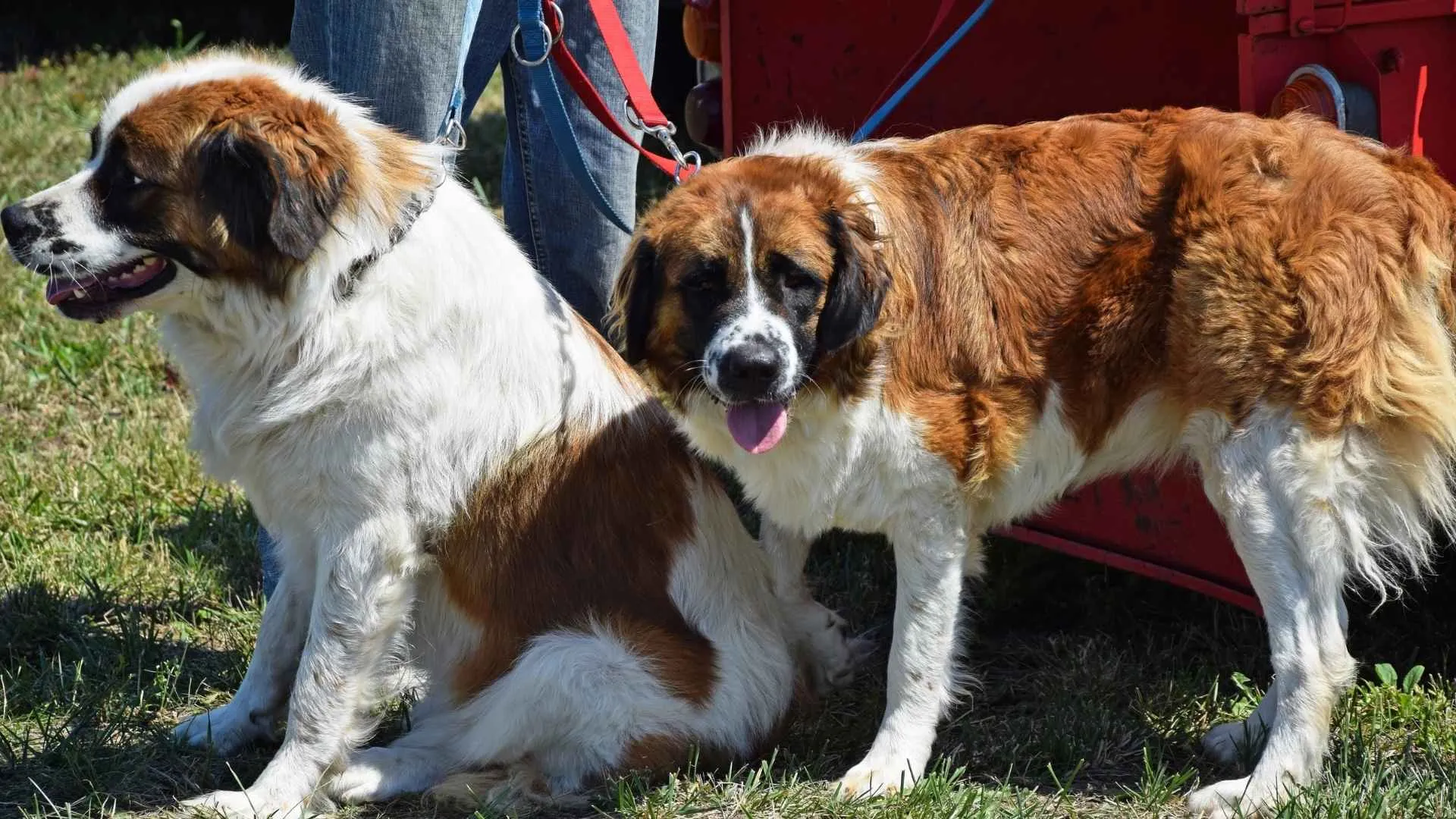
The Saint Bernard is a gentle giant with a history as a lifesaving dog in the Swiss Alps. Originally bred by monks at the Great Saint Bernard Hospice, these dogs were trained to navigate snowy terrain and rescue stranded travelers. Their thick coat and strong build allowed them to withstand extreme temperatures, making them one of the most well-known cold-weather dog breeds.
Despite their large size, Saint Bernards are affectionate and known for their calm and patient temperament. They form strong bonds with their family members, making them excellent companions for those with enough space to accommodate their size. While not as energetic as sled dogs, they still require regular exercise to stay fit and happy.

One of their defining features is their immense double coat, which protects them from freezing temperatures but also requires consistent grooming. Regular brushing helps control shedding and keeps their coat in top condition. Their protective double coat also acts as insulation, keeping them warm even in the harshest winters.
Saint Bernards are natural working dogs and excel in activities like search and rescue. They have an excellent sense of smell and a strong instinct to help people, making them ideal for avalanche rescue missions. Their history as draft dogs also means they have the strength to pull carts and sleds.
While their gentle temperament makes them great family pets, their large size requires careful training and socialization. With the right environment and care, the Saint Bernard is a loving and devoted companion, embodying both strength and kindness in a cold-weather dog.
4. Norwegian Elkhound
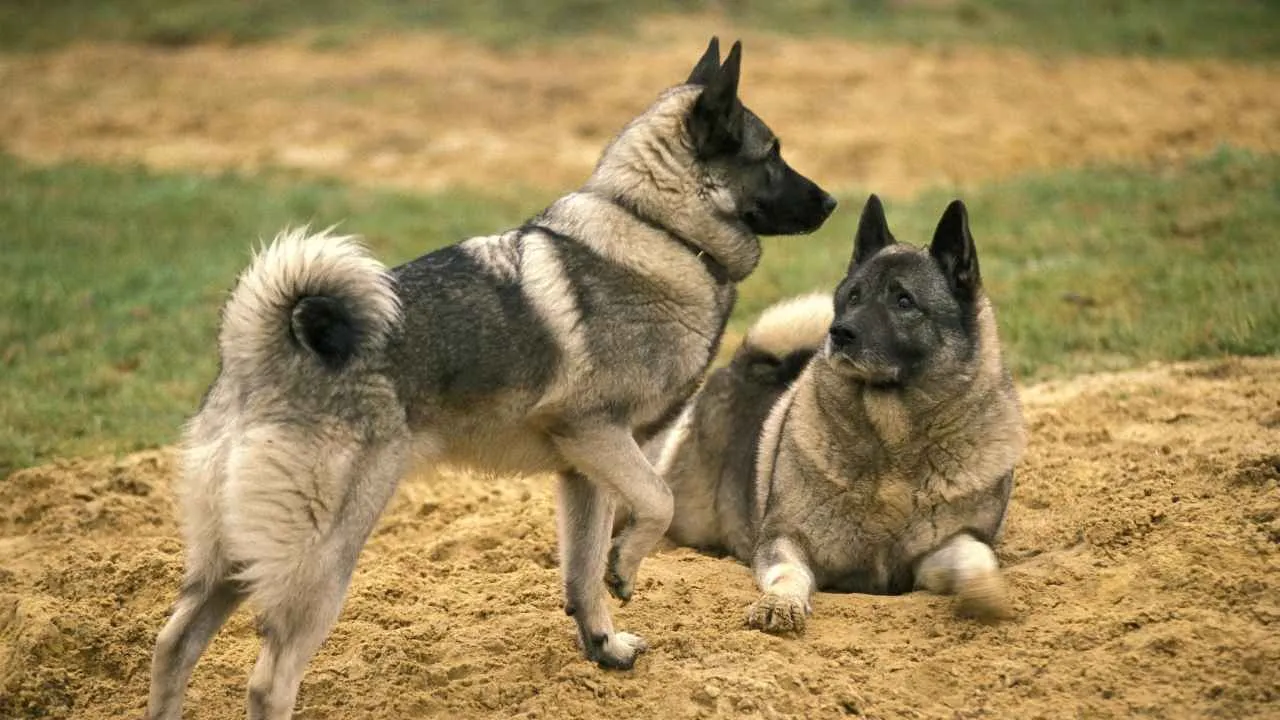
The Norwegian Elkhound is an ancient breed with a history dating back over 6,000 years. Originally bred by the Vikings, this cold-weather dog was used for hunting moose and bears in the harsh climates of Scandinavia. Britannica notes their dense coat and wooly undercoat provide exceptional protection against freezing temperatures, making them one of the best cold-weather dog breeds.
Elkhounds are confident dogs with an independent yet affectionate nature. They are highly intelligent and thrive on mental and physical stimulation. Their high energy levels make them ideal for active owners who enjoy outdoor adventures. Despite their hunting background, they form strong bonds with their pet parents and enjoy being part of a family.

One of their standout features is their smooth outer coat combined with a downy undercoat, which helps them stay warm in snowy climates. Their thick ears and compact build also contribute to their ability to endure harsh winters. However, their coat requires regular brushing, especially during shedding seasons.
As working dogs, Norwegian Elkhounds excel in tracking, agility, and hiking. Their strong prey drive means they need proper training and a secure yard to prevent wandering. Their sled-pulling abilities and endurance make them well-suited for outdoor enthusiasts who enjoy winter activities.
With their bold personality, strong instincts, and protective nature, the Norwegian Elkhound is a loyal and adventurous companion. Whether trekking through deep snow or exploring the mountain dog lifestyle, this breed thrives in snowy climates and makes a wonderful addition to active households.
5. Tibetan Mastiff
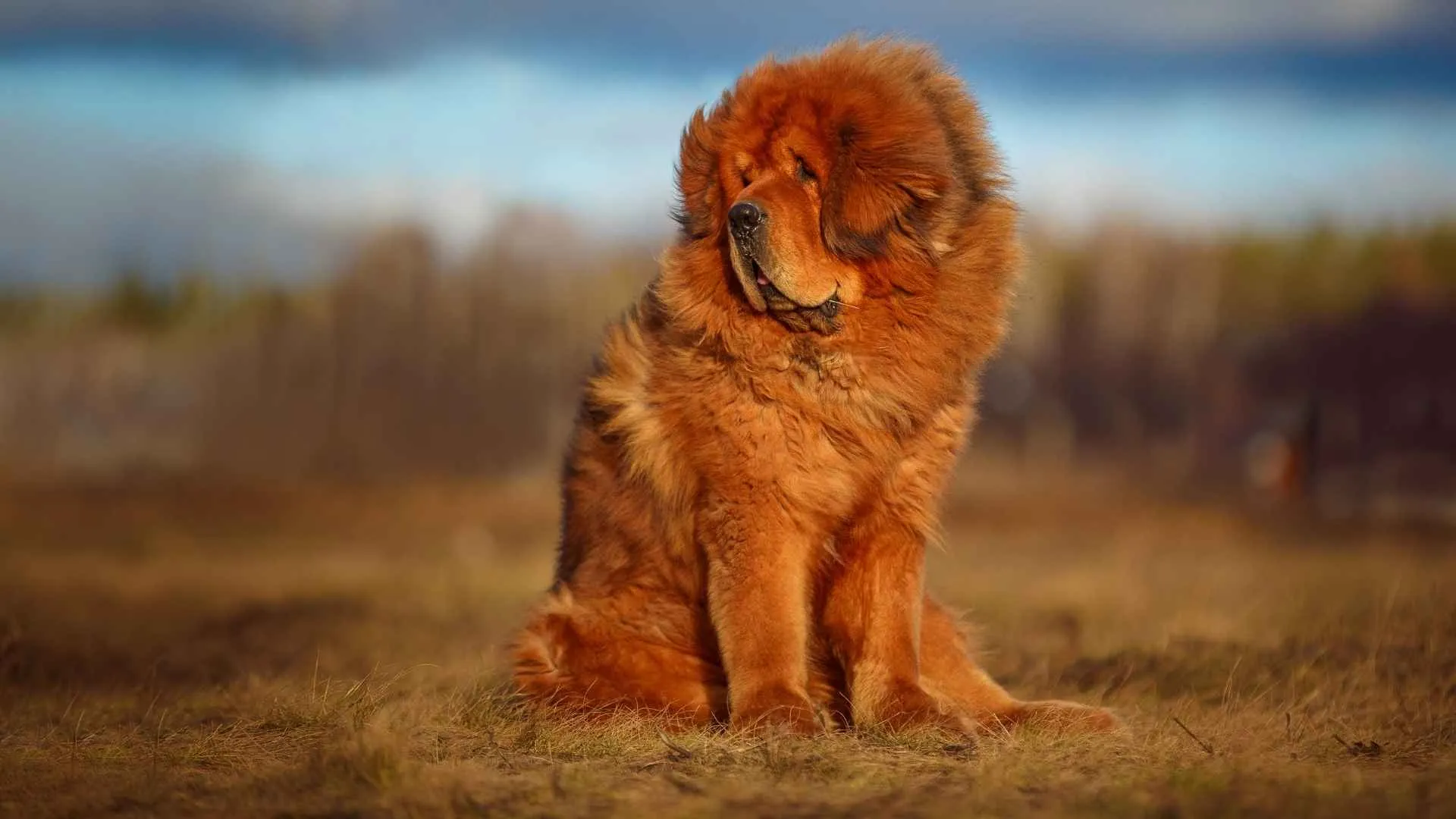
The Tibetan Mastiff is an ancient breed that has guarded homes and herded sheep in the Himalayan Mountains for centuries. Originally bred by nomadic tribes and Tibetan monks, this hardworking breed is known for its immense double coat, which provides protection against freezing temperatures and harsh weather conditions. Their thick fur and strong build allow them to thrive in snowy climates.
These confident dogs are independent and highly intelligent, often displaying a protective nature towards their family members. Unlike many cold-weather dogs, Tibetan Mastiffs are not overly affectionate, but they are deeply loyal and devoted to their owners. Early socialization and firm training are essential for this breed due to their natural guarding instincts.

Their thick coat consists of a wooly undercoat and a smooth outer coat, requiring regular grooming to prevent matting and excessive shedding. Because of their origins in the Himalayan Mountains, they are well-suited for cold temperatures, but they do not tolerate warmer weather well.
Despite their large size, Tibetan Mastiffs are not overly active and tend to conserve their energy. However, they enjoy outdoor activities like hiking and guarding large properties. As mountain dogs, they are naturally equipped to navigate snowy terrain with ease.
For experienced pet parents who understand their strong-willed nature, the Tibetan Mastiff is a magnificent and powerful companion. Their combination of strength, intelligence, and loyalty makes them one of the most respected cold-weather dog breeds in the world.
6. Bernese Mountain Dog
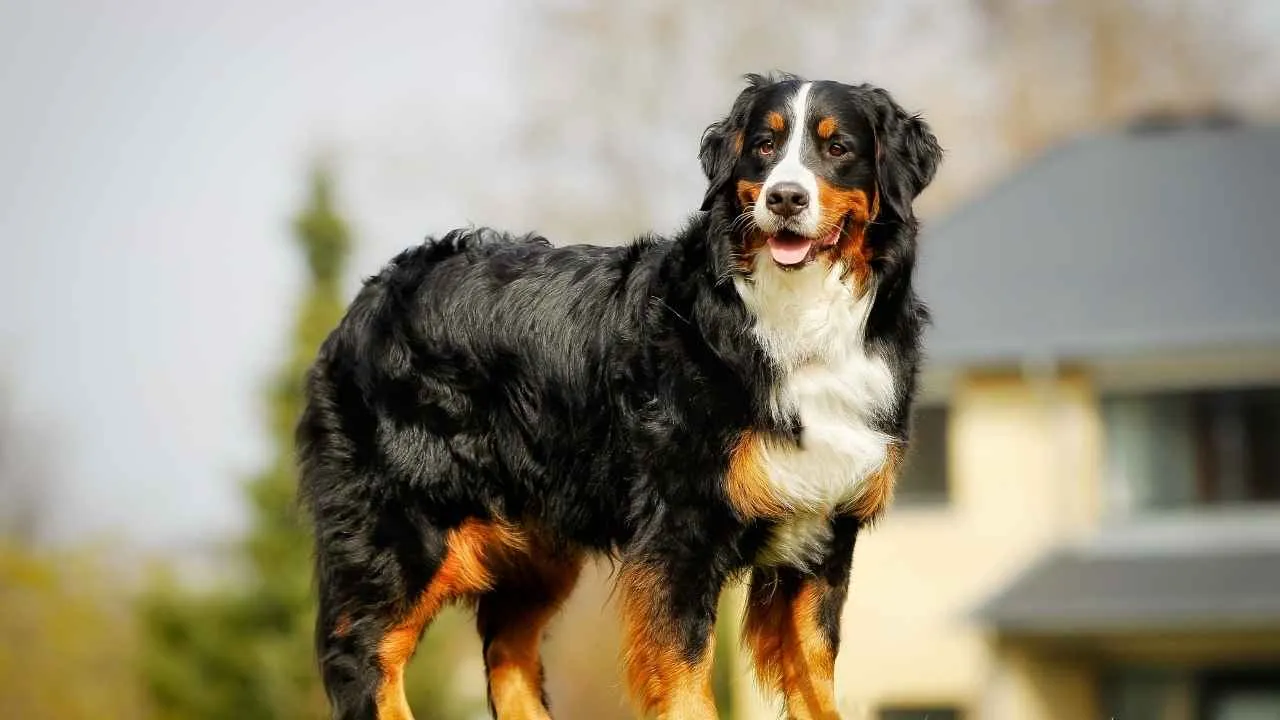
The Bernese Mountain Dog is a gentle giant with a heart as warm as its thick double coat. Originating from the Swiss Alps, this mountain dog was originally bred for farm work, including pulling carts and herding cattle. Their dense coat protects them from cold temperatures, making them well-suited for snowy climates.
Known for their sweet and affectionate nature, Bernese Mountain Dogs are excellent companions for active families. They are loyal, friendly, and eager to please, making them highly trainable. Their playful and gentle temperament makes them great around children and other animals.
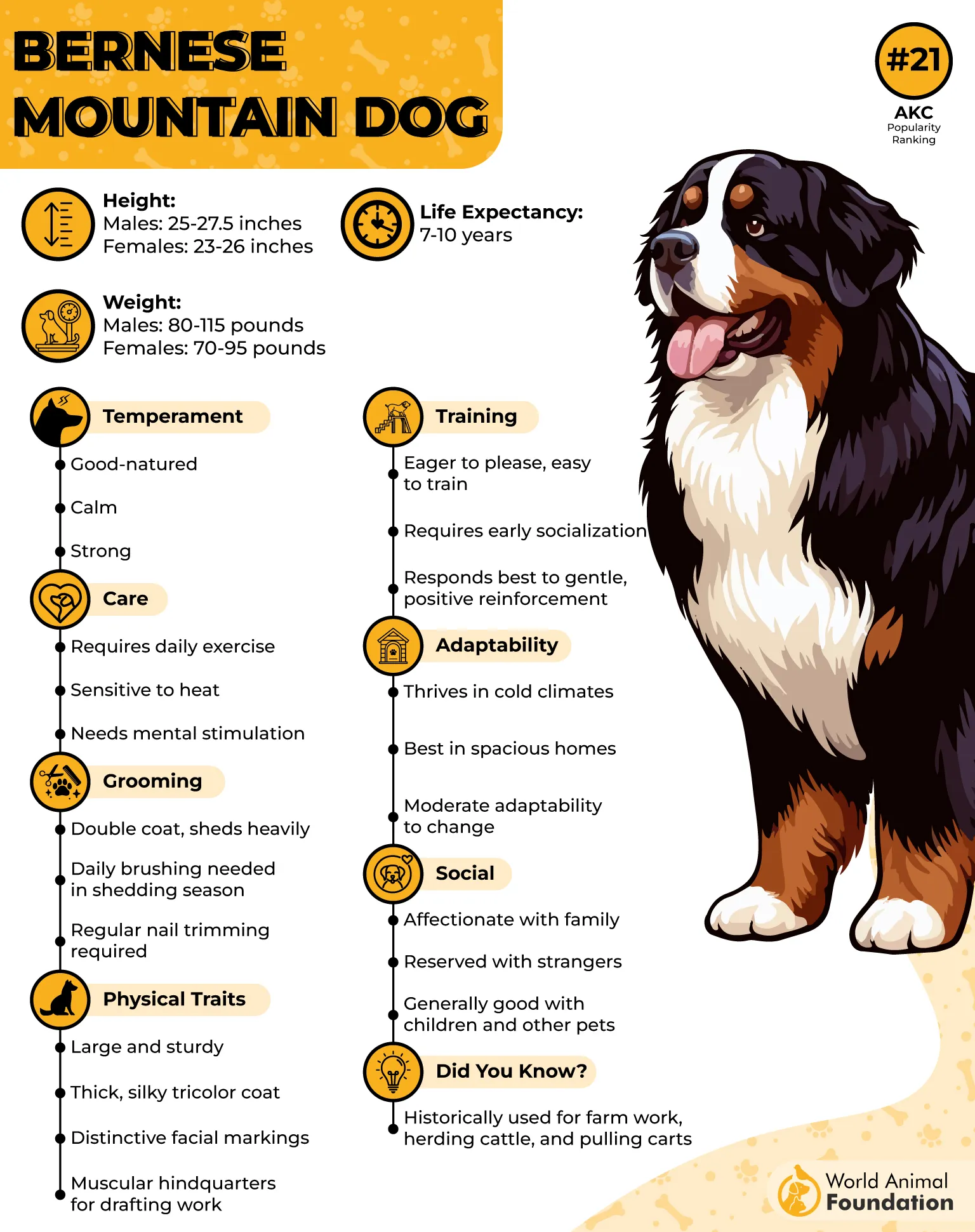
Their thick fur consists of a dense undercoat and a smooth outer coat, which requires regular grooming to manage shedding. While their protective double coat helps them stay warm in heavy snow, they are not suited for warmer weather, as their thick fur can lead to overheating.
Despite their large size, Bernese Mountain Dogs are agile and excel in outdoor activities. They enjoy hiking, pulling carts, and playing in the snow. Their natural ability to haul heavy loads and work in deep snow makes them one of the best cold-weather dog breeds.
With their permanent smile and affectionate nature, the Bernese Mountain Dog is an ideal companion for those looking for a hardworking breed that is also a loving family member. Whether playing in the yard or trekking through snowy mountains, this breed brings warmth and joy to every adventure.
7. Great Pyrenees
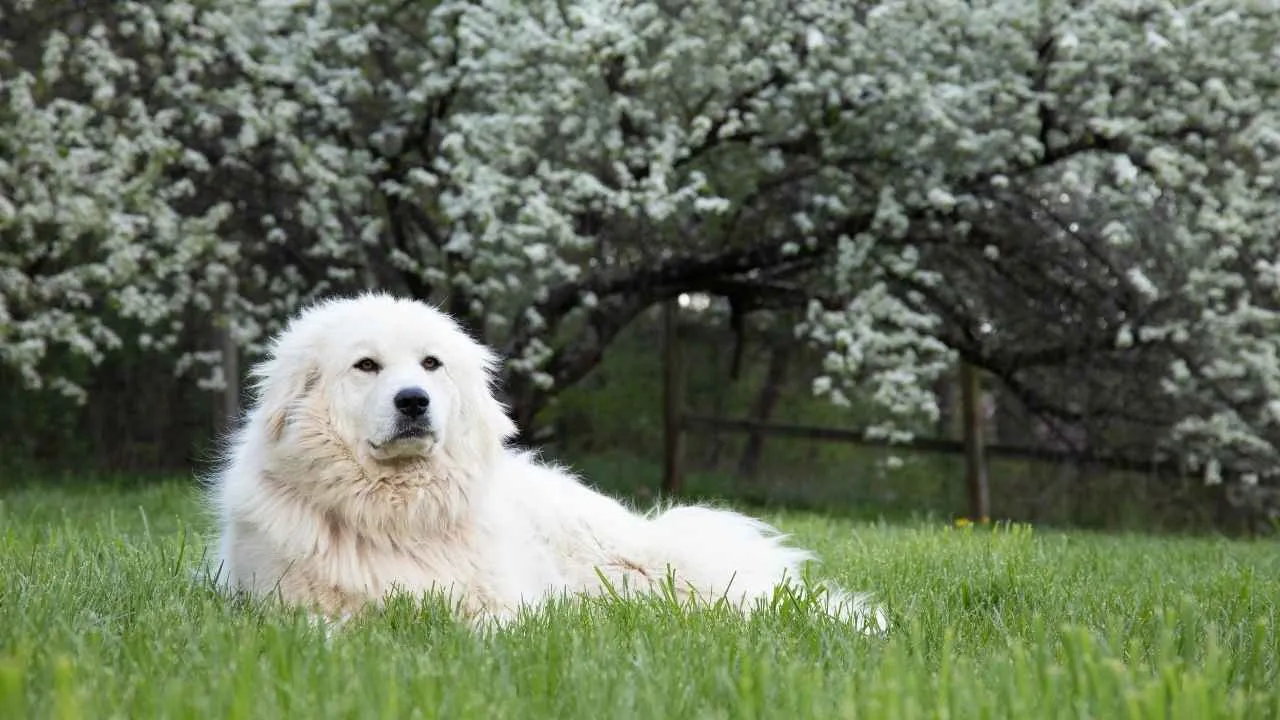
The Great Pyrenees is a gentle giant bred to guard livestock in the Pyrenees Mountains between France and Spain. With a history dating back centuries, this cold-weather dog is known for its protective double coat and calm demeanor. Their thick, dense coat shields them from freezing temperatures, making them one of the best snow dog breeds for snowy climates.
Despite their large size, Great Pyrenees are gentle, affectionate, and patient, especially with children and other animals. They are loyal family members who thrive on companionship but also have an independent nature. Their strong protective instincts make them excellent watchdogs, always alert to potential threats.
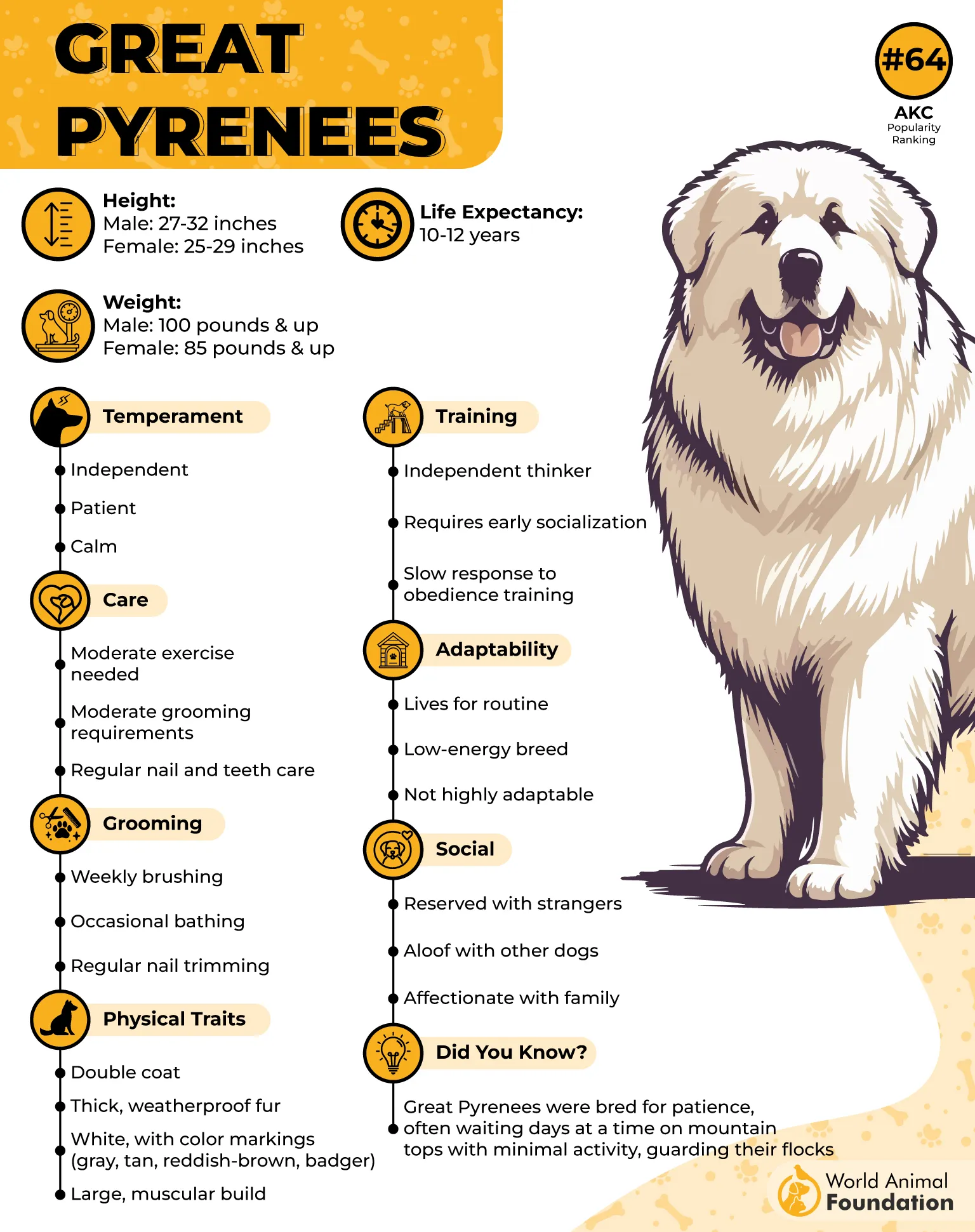
Their thick fur requires regular grooming to prevent matting and shedding, especially during seasonal coat changes. While their white coats may seem high-maintenance, they are naturally dirt-resistant. Due to their origin in the Pyrenees Mountains, they are well-adapted to cold temperatures but can struggle in warmer weather.
As a working dog, the Great Pyrenees enjoys tasks like herding reindeer and protecting homes, but they are not as energetic as sled dogs. They prefer leisurely walks and playtime over intense physical activity, making them ideal for families who enjoy a more relaxed lifestyle.
For those looking for a devoted, protective, and loving companion, the Great Pyrenees is an excellent choice. Their combination of gentle temperament and strong guarding instincts makes them one of the most beloved cold-weather dog breeds.
8. Newfoundland
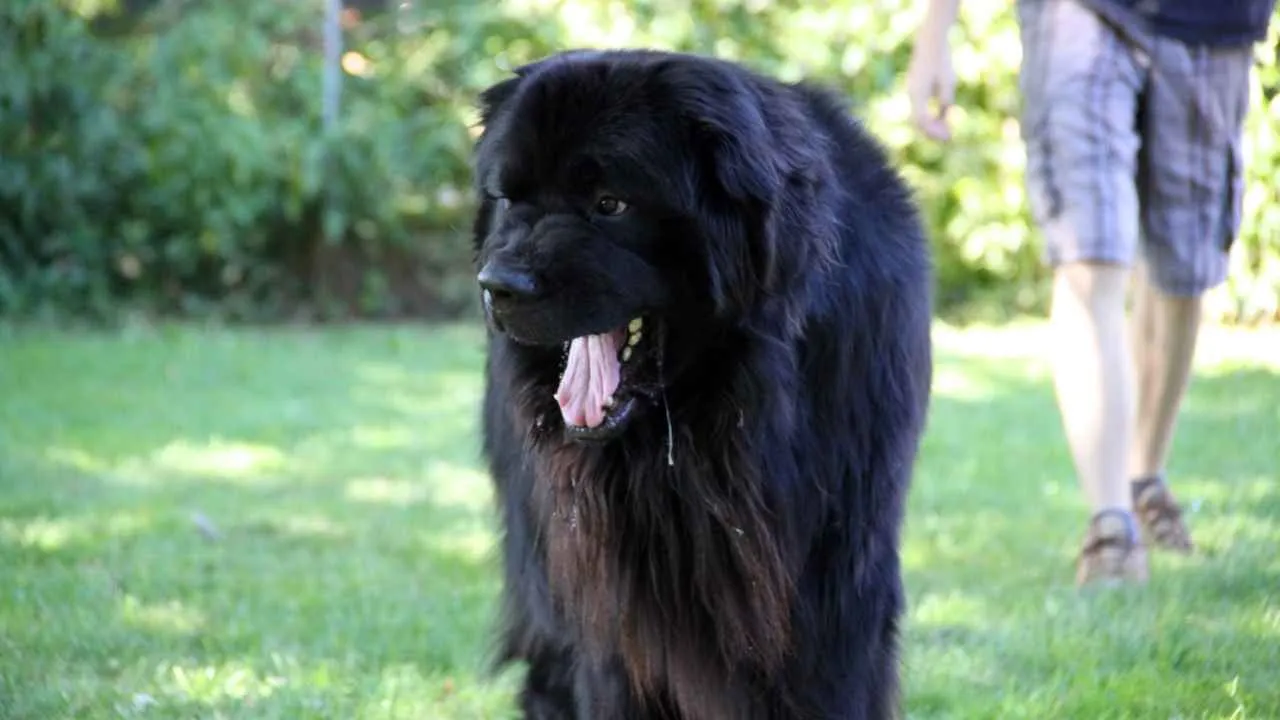
The Newfoundland is a gentle giant with a dense coat that allows it to thrive in cold climates. Originally bred as a working dog in Newfoundland, Canada, this breed was used for water rescues and pulling heavy loads. Their thick double coat provides insulation against freezing temperatures, and their webbed feet make them excellent swimmers.
Despite their massive size, Newfoundlands are incredibly sweet-natured and make wonderful family members. They are known for their calm, affectionate temperament, and their patience with children has earned them the nickname “nanny dogs.” Their loyalty and protective instincts make them excellent companions for families and individuals alike.
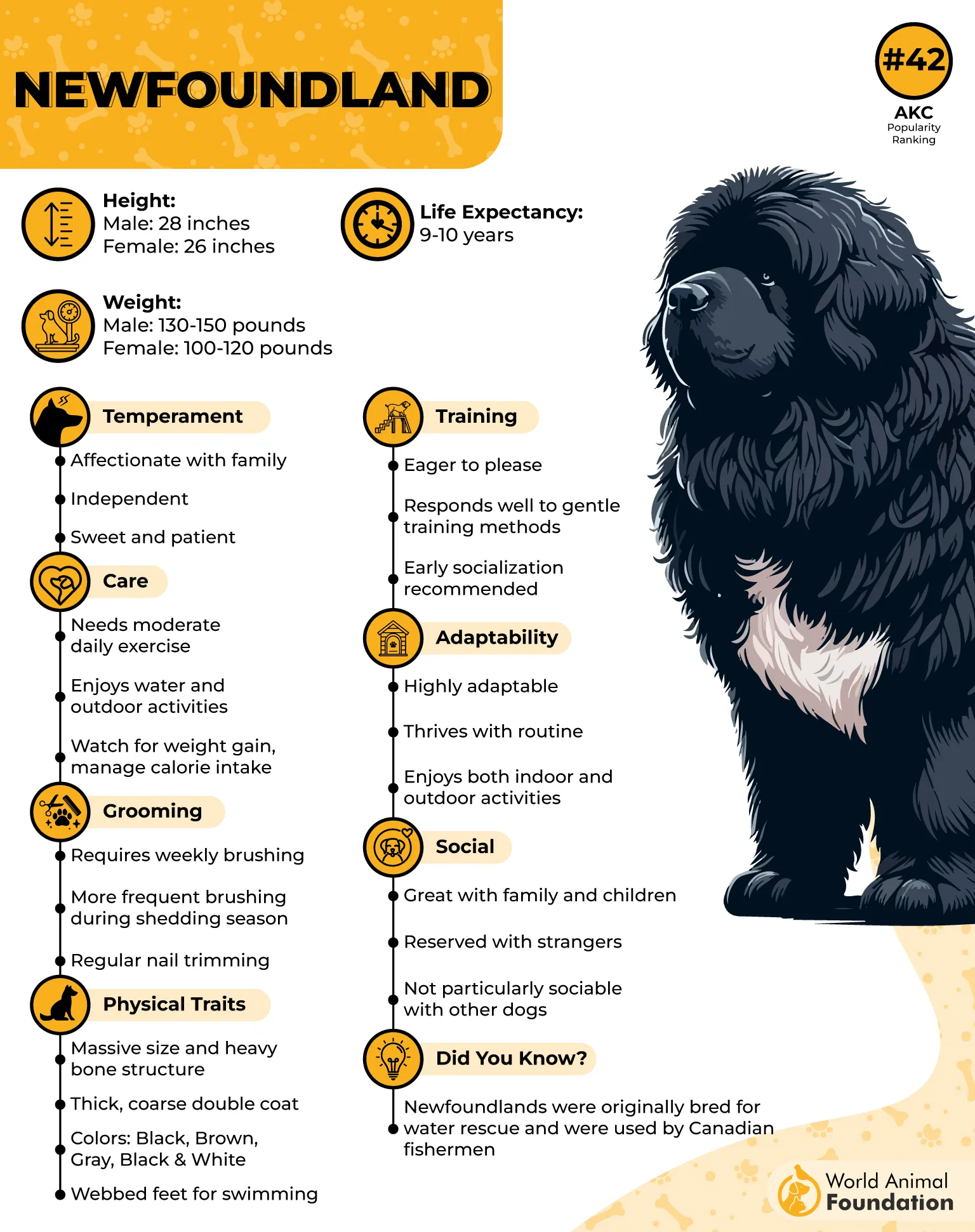
Their dense undercoat requires regular grooming, as they shed heavily, especially in the spring and fall. While their heavy coats keep them warm in snowy terrain, they do not tolerate warmer weather well and should be kept cool during hot months.
Newfoundlands excel in water rescue and sled pulling, using their strength and endurance to assist in demanding tasks. They enjoy outdoor activities like swimming and hiking, but they are not as high-energy as some cold-weather dog breeds.
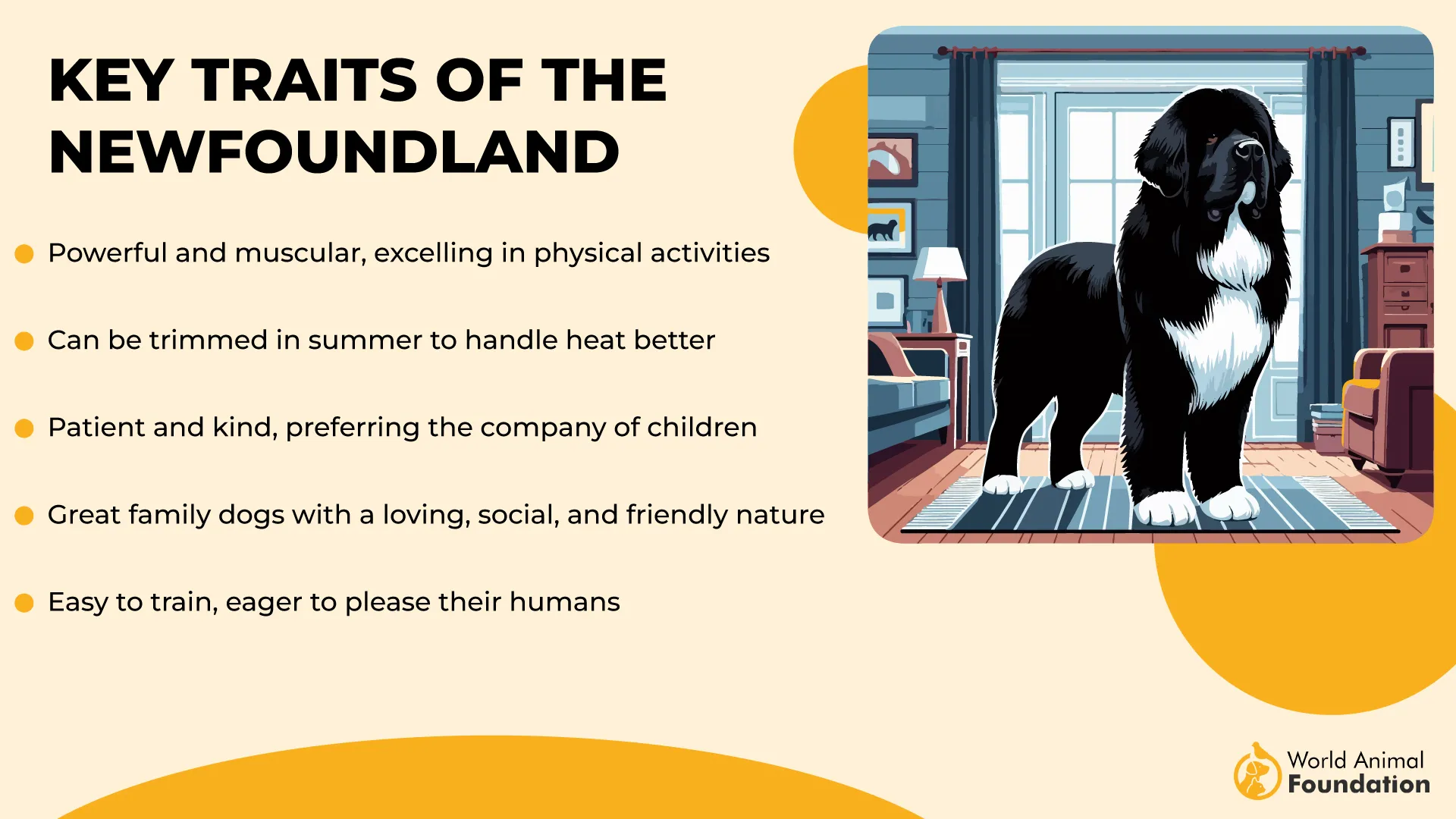
For those looking for a loving, strong, and devoted companion, the Newfoundland is a perfect choice. Their gentle demeanor and impressive working abilities make them one of the best cold-weather dogs, whether playing in the snow or providing unwavering loyalty to their owners.
9. Akita
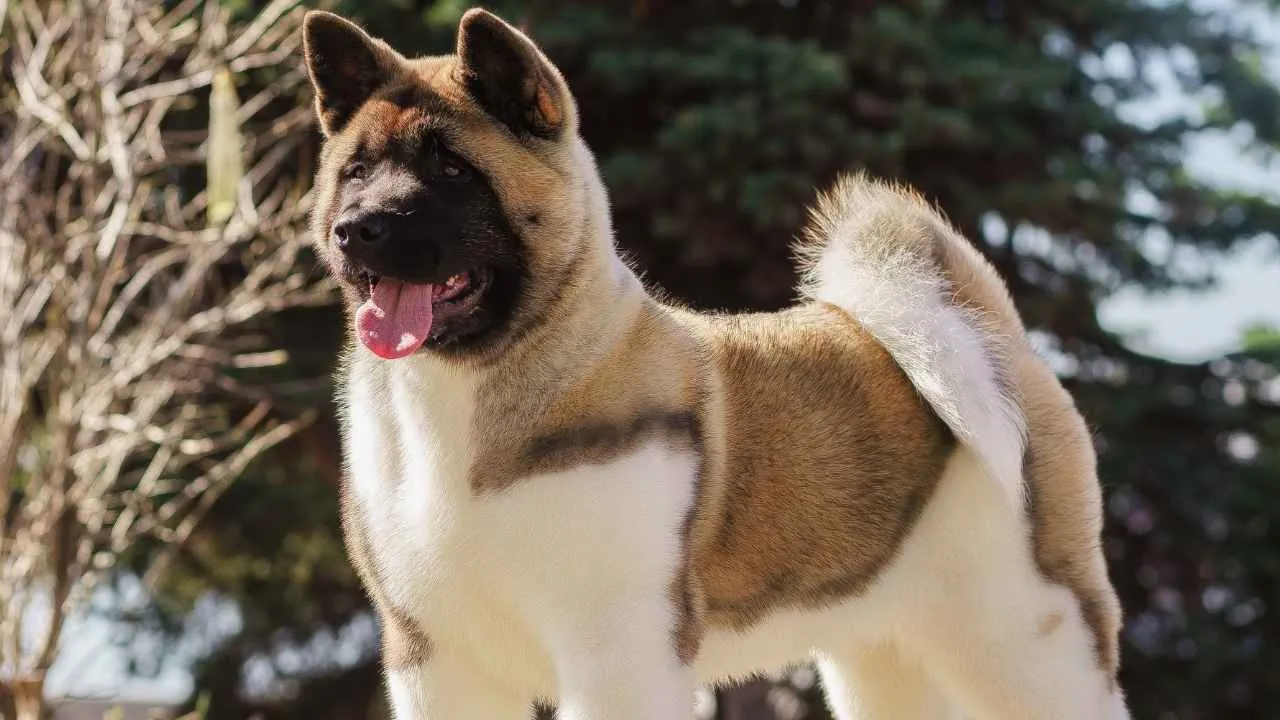
The Akita is a powerful and dignified breed with deep roots in northern Japan, where it was originally bred to navigate snowy terrain and hunt large game like boar and bears. This ancient breed is known for its thick double coat, which provides exceptional insulation against freezing temperatures and harsh winter conditions.
According to PDSA, their dense fur makes them well-suited for cold climates, but they require proper care in warmer weather to prevent overheating. Akitas are known for their loyal and protective nature, often forming deep bonds with their family members.
They are confident dogs with a strong independent streak, making training essential to ensure they become well-mannered companions. Though reserved with strangers, Akitas are affectionate and gentle with their loved ones, displaying unwavering devotion.
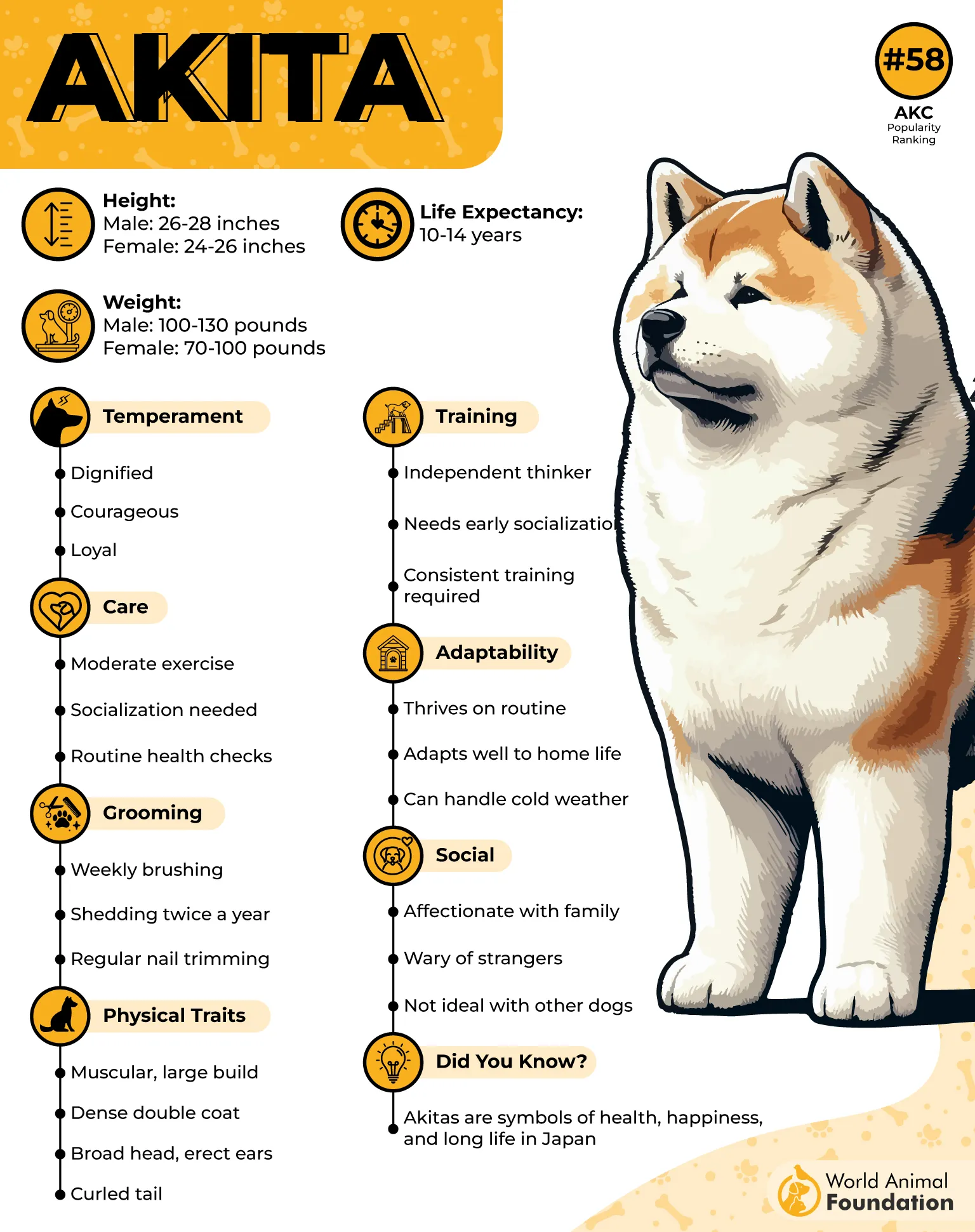
Their heavy coats require regular grooming, especially during shedding seasons when they “blow” their dense undercoat. Despite their thick fur, Akitas are naturally clean dogs, often grooming themselves much like a cat. Their smooth outer coat helps repel dirt and moisture, reducing the need for frequent baths.
Originally used for hunting and guarding, Akitas are strong and agile, excelling in activities like hiking and sled pulling. While they are not as energetic as some sled dogs, they enjoy outdoor adventures and require daily exercise to stay happy and healthy.
For experienced pet parents seeking a loyal, protective, and intelligent companion, the Akita is an excellent choice. Their majestic presence, combined with their calm yet courageous demeanor, makes them one of the most impressive cold-weather dog breeds.
Conclusion
Snow dog breeds are more than just fluffy-coated winter warriors—they’re loyal companions, hardworking partners, and adventurous spirits built for the chill. From the Siberian Husky’s boundless energy to the Alaskan Malamute’s strength, each breed brings something unique to the table.
Whether it’s the Saint Bernard’s heroic rescue instincts, the Great Pyrenees’ gentle protection, or the Newfoundland’s water-loving nature, these dogs prove time and again that they’re as resilient as they are lovable. While some, like the Bernese Mountain Dog and Tibetan Mastiff, thrive as devoted guardians, others, such as the Norwegian Elkhound and Akita, are bold and independent.
Each of these breeds is built to handle freezing temperatures, thanks to their thick double coats, strong endurance, and rich history of working alongside humans. Even lesser-known cold-weather breeds, like the Greater Swiss Mountain Dog and the American Eskimo Dog, showcase the same love for snowy landscapes and make wonderful, affectionate companions.
Owning a snow dog comes with a responsibility—these breeds need space, activity, and plenty of grooming to keep their protective double coats in top shape. But for those ready for the challenge, they offer unwavering loyalty, playful energy, and a heart as warm as their fur.
So whether you’re looking for a sled-pulling athlete, a gentle giant, or a fearless explorer, there’s a snow dog breed that’s perfect for your lifestyle. If you love the outdoors and the crisp bite of winter air, one of these cold-weather dogs just might be your ideal four-legged companion. Now, the real question is—are you ready to keep up with them?


